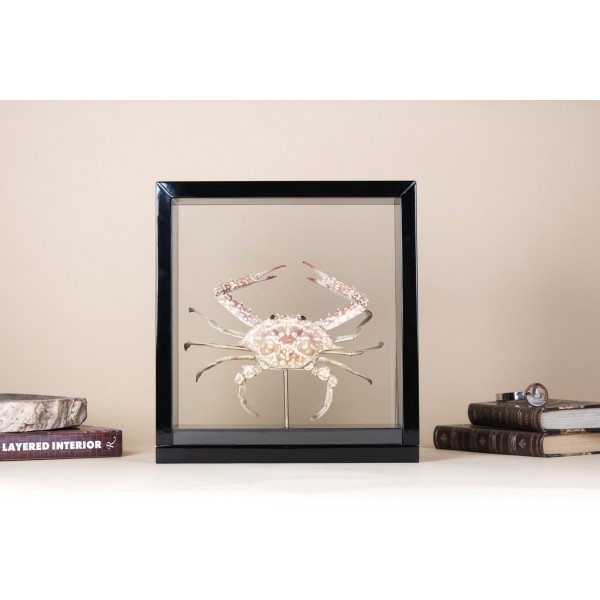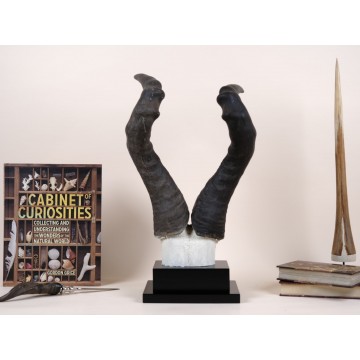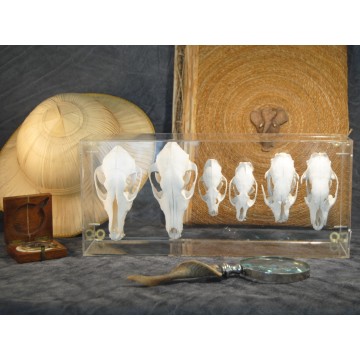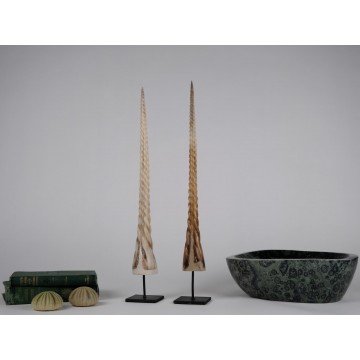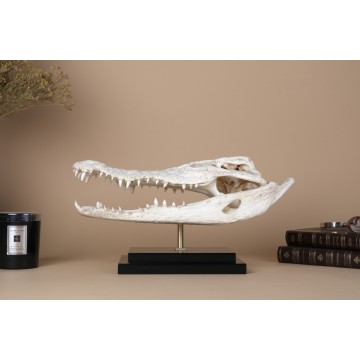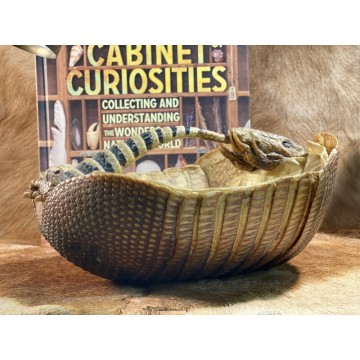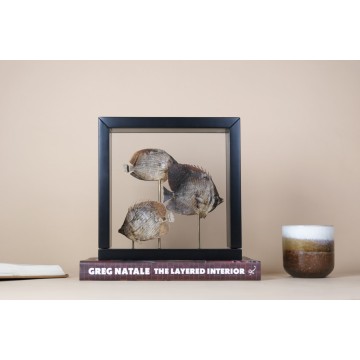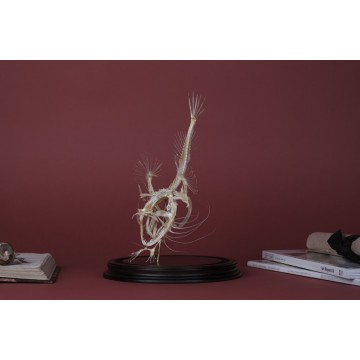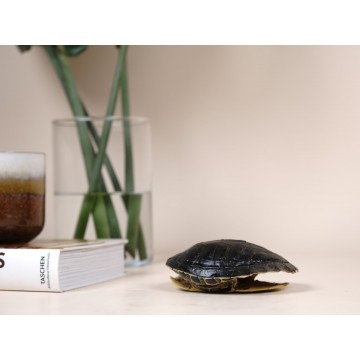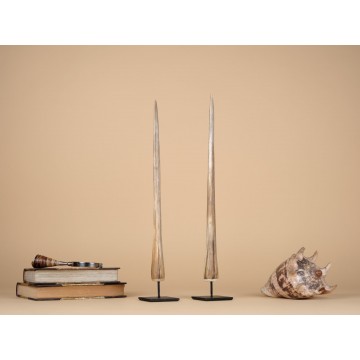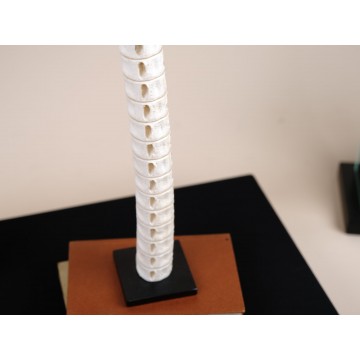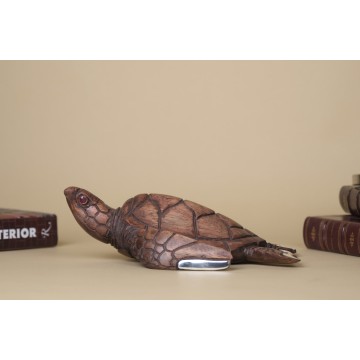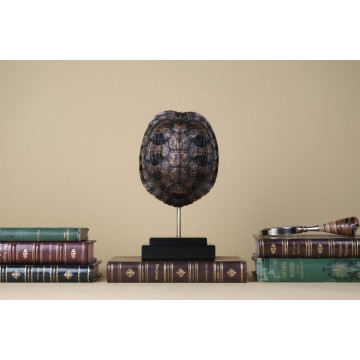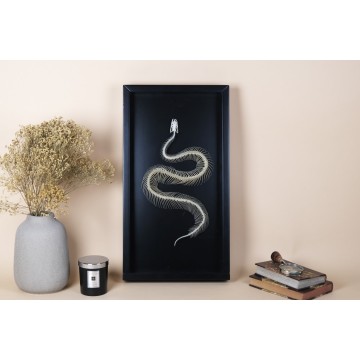Portunus pelagicus, commonly known as the flower crab or blue crab, is a large crab species inhabiting the Indo-Pacific region. It can be found along the coasts of Indonesia, Malaysia, Cambodia, Thailand, the Philippines, and Vietnam. Additionally, it thrives in intertidal estuaries spanning most of Australia and extending eastward to New Caledonia. The species holds significant commercial importance across the Indo-Pacific, where it is sought after for its traditional hard shells or marketed as "soft-shelled" crabs, considered a delicacy in various Asian cuisines. The species is highly valued, particularly in the Persian Gulf, where it is extensively harvested for meat consumption, with females commanding higher prices than males.
Noteworthy traits such as rapid growth, ease of larviculture, high fecundity, and relatively robust tolerance to both nitrate and ammonia make Portunus pelagicus an ideal candidate for aquaculture.
This particular specimen is from Cebu, Philippines.

